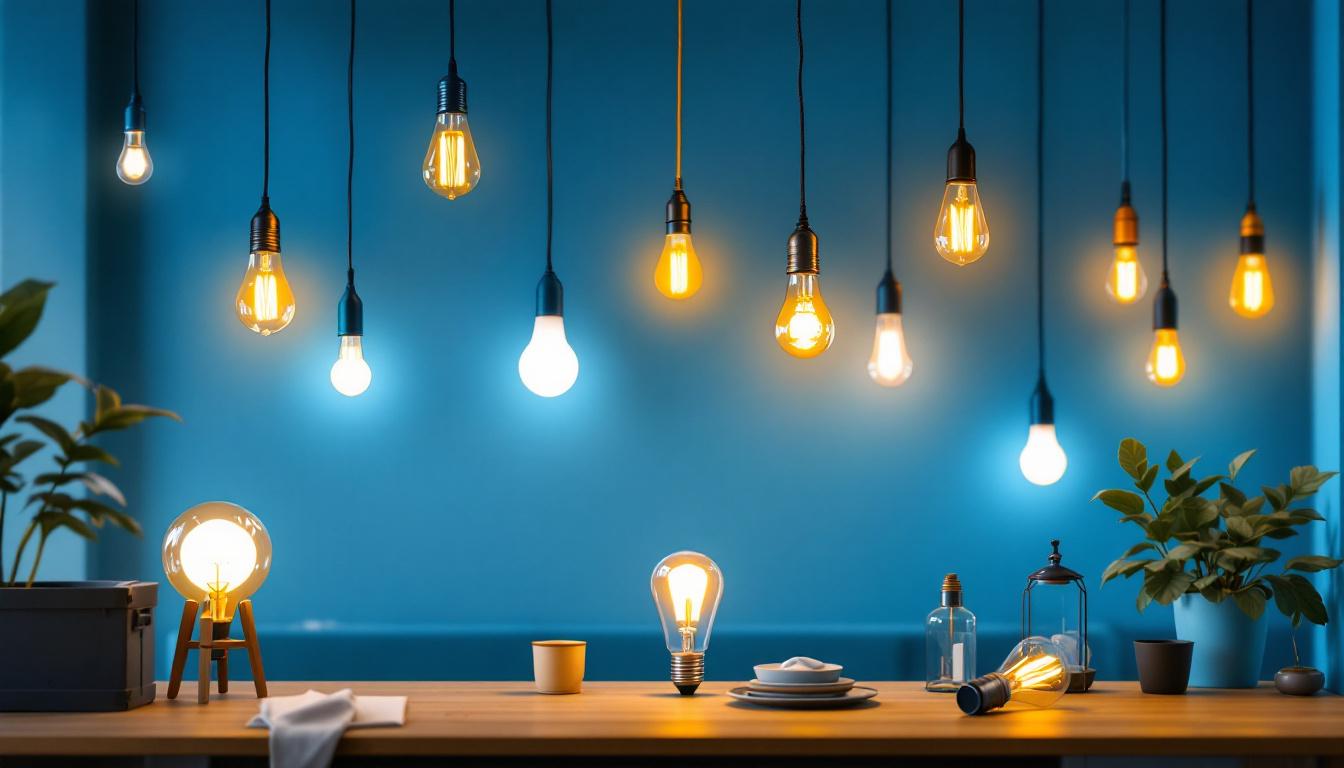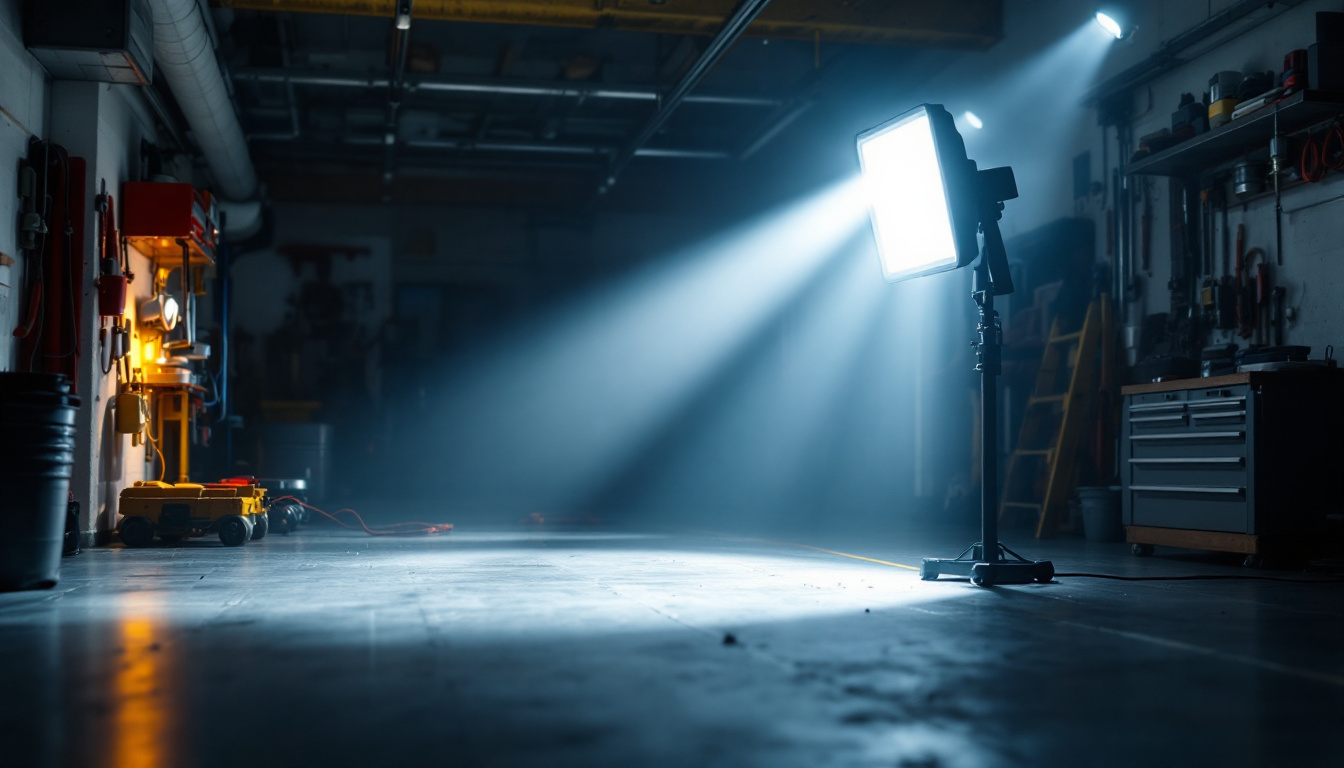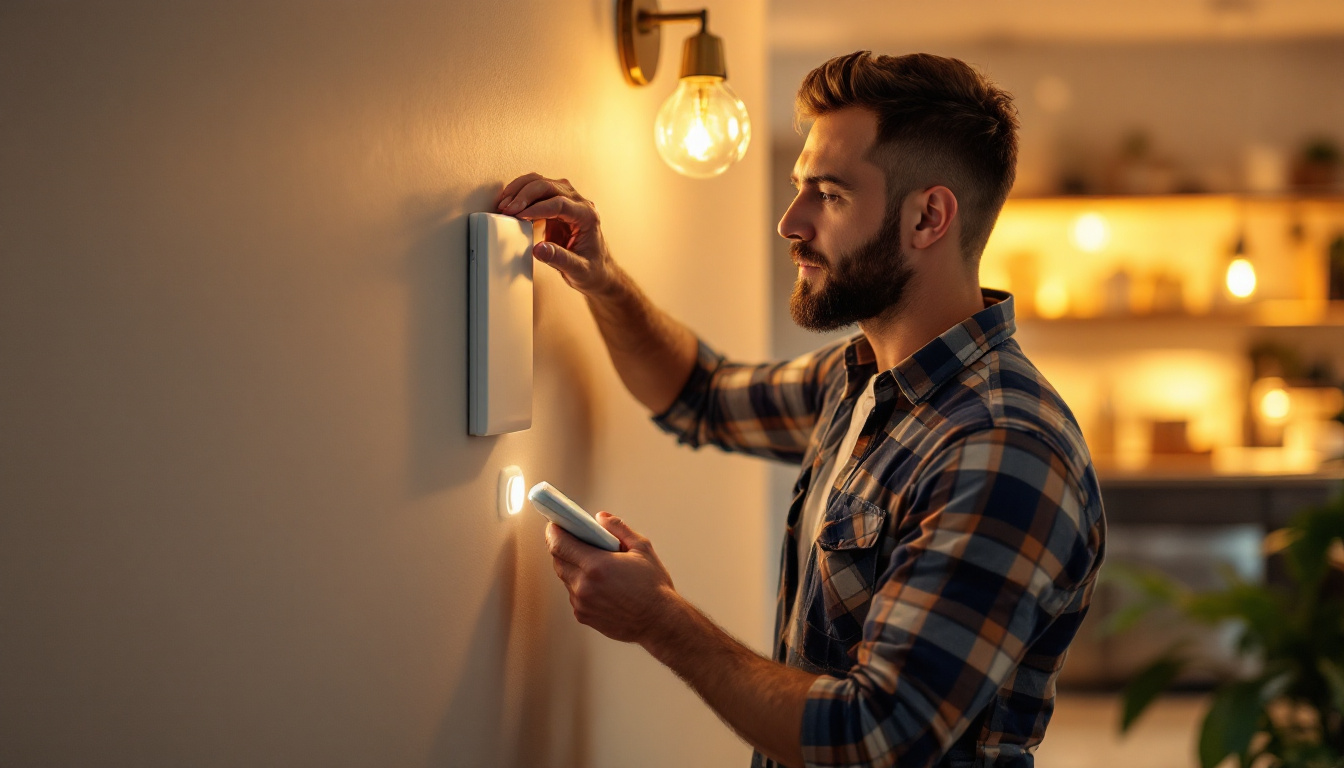
outdoor lighting plays a crucial role in enhancing the safety, security, and aesthetic appeal of residential and commercial properties. Among the various lighting solutions available, wall-mounted outdoor lights are particularly popular due to their versatility and effectiveness. However, even experienced lighting contractors can fall into common pitfalls when installing these fixtures. Understanding these mistakes can lead to better installations, satisfied clients, and a stronger reputation in the industry.
Before delving into the common mistakes made by lighting contractors, it’s essential to recognize the significance of proper installation. Wall-mounted outdoor lights not only illuminate pathways and entryways but also contribute to the overall ambiance of a property. A well-lit exterior can deter crime, enhance curb appeal, and create a welcoming environment. The right lighting can transform a mundane space into an inviting one, encouraging social interactions and providing safety for residents and guests alike.
Moreover, the installation process is not merely about placing fixtures on walls. It involves a comprehensive understanding of the landscape, the intended use of the lighting, and compliance with local regulations. This complexity makes it imperative for contractors to avoid common errors that can compromise the effectiveness of the lighting solution. Factors such as the direction of light, the color temperature of bulbs, and the type of fixtures used can all significantly impact how a space is perceived at night. Therefore, a thoughtful approach to installation can yield long-lasting benefits that extend beyond mere functionality.
One of the most significant mistakes lighting contractors make is selecting the wrong fixtures for the specific application. Each outdoor space has unique characteristics that influence the type of lighting required. For instance, a fixture designed for a small patio may not be suitable for a large driveway or a commercial building’s facade. Understanding the lumen output and beam spread of each fixture is crucial; a high-output fixture may be necessary for expansive areas, while softer lighting might be more appropriate for intimate settings.
Additionally, contractors often overlook the importance of matching the fixture style with the architectural elements of the property. A modern fixture may clash with a traditional home, detracting from its aesthetic appeal. Understanding the client’s vision and the property’s style is vital in making the right choice. Furthermore, considering energy efficiency and longevity can also guide fixture selection, as opting for LED lights not only reduces energy consumption but also minimizes maintenance costs over time.
Placement is another critical aspect that can make or break an outdoor lighting project. Contractors often install wall-mounted lights at standard heights without considering the specific needs of the space. For example, lights placed too high may fail to provide adequate illumination, while those installed too low can create harsh shadows. This miscalculation can lead to an uninviting atmosphere, negating the very purpose of the lighting.
Moreover, the spacing between fixtures is crucial. Insufficient spacing can lead to dark spots, while excessive spacing can result in overly bright areas, creating an uncomfortable contrast. A thorough assessment of the area’s layout and intended use will help determine the optimal placement and spacing of wall-mounted lights. Additionally, incorporating adjustable fixtures can offer flexibility, allowing for changes in the landscape or user needs over time. By taking these factors into account, contractors can ensure that their lighting designs not only meet functional requirements but also enhance the overall aesthetic of the property.
Electrical considerations are paramount in any lighting installation, yet they are often neglected. Contractors must ensure that the electrical supply can handle the load of the wall-mounted lights. Overloading circuits can lead to malfunctions and pose safety hazards. This oversight can result in flickering lights, blown fuses, or even electrical fires, which can endanger both property and lives. Therefore, a thorough assessment of the electrical system’s capacity should be conducted prior to installation, taking into account not only the current load but also any future expansions or additional lighting that might be added later.
Furthermore, the choice of wiring and connectors is critical. Outdoor installations require weather-resistant materials to prevent deterioration over time. Using substandard components can lead to frequent repairs and replacements, ultimately affecting the contractor’s reputation. It is advisable to opt for wiring that is rated for outdoor use, such as UF (underground feeder) cable, which provides better protection against moisture and temperature variations. Additionally, ensuring that all connections are properly sealed and insulated can prevent water ingress, which is a common cause of electrical failure in outdoor lighting systems.
Outdoor lighting is exposed to various environmental factors, including weather conditions and temperature fluctuations. Contractors sometimes fail to consider these elements when selecting fixtures and materials. For instance, coastal areas may require corrosion-resistant fixtures due to salt exposure, while regions with extreme temperatures may necessitate specific types of bulbs. In snowy climates, fixtures should be designed to withstand heavy snowfall, ensuring that they remain functional and aesthetically pleasing throughout the winter months. Understanding the local climate and its impact on materials can significantly enhance the durability and performance of the lighting installation.
Additionally, the impact of natural light should not be overlooked. Contractors should assess how the position of the sun affects the lighting throughout the day and adjust the installation accordingly. This consideration can enhance the effectiveness of the lighting and reduce energy consumption. For example, strategically placing lights to complement natural light sources can create a more inviting atmosphere while minimizing reliance on artificial lighting during daylight hours. Moreover, incorporating smart lighting solutions that adjust automatically based on ambient light can further optimize energy usage and extend the lifespan of the fixtures.
Maintenance is an often-overlooked aspect of outdoor lighting installations. Contractors may install beautiful fixtures but fail to inform clients about the necessary upkeep. Without proper maintenance, even the most high-quality lights can become ineffective over time. Regular inspections are essential to identify any issues early, such as damaged fixtures or burnt-out bulbs, which can detract from the overall appearance and functionality of the lighting scheme. Establishing a proactive maintenance plan can save clients from costly repairs down the line and ensure that the lighting remains a valuable asset to their property.
Contractors should discuss maintenance schedules with clients, including cleaning, bulb replacement, and any necessary repairs. Providing this information not only helps ensure the longevity of the installation but also builds trust and credibility with clients. Additionally, offering maintenance services as part of a package can enhance customer satisfaction and encourage repeat business. Educating clients on the importance of seasonal maintenance, such as clearing debris from fixtures and checking for signs of wear, can empower them to take an active role in preserving their outdoor lighting investment. By fostering a collaborative approach to maintenance, contractors can create lasting relationships with their clients, ultimately leading to referrals and a stronger reputation in the industry.
The right light levels and color temperature are essential for creating the desired ambiance and functionality of outdoor spaces. A common mistake contractors make is misjudging the brightness needed for specific areas. For instance, entryways may require brighter lighting for safety, while garden areas may benefit from softer illumination.
Moreover, the color temperature of the light can significantly impact the atmosphere. Warm white light creates a cozy and inviting environment, while cool white light can feel stark and unwelcoming. Contractors should work closely with clients to determine the best light levels and color temperatures for their specific needs.
As technology continues to evolve, smart lighting solutions have become increasingly popular. However, some contractors still overlook the benefits of integrating smart technology into outdoor lighting installations. Smart systems allow for greater control over lighting, including dimming options, scheduling, and remote operation.
By failing to offer smart solutions, contractors may miss opportunities to enhance the functionality and appeal of their installations. Clients are often drawn to modern features that provide convenience and energy efficiency, making it essential for contractors to stay informed about the latest advancements in lighting technology.
Compliance with local codes and regulations is a critical aspect of any lighting installation. Contractors sometimes overlook this important step, leading to potential fines or the need for costly rework. Each municipality may have specific requirements regarding the type of fixtures used, their placement, and energy efficiency standards.
Before beginning any installation, contractors should familiarize themselves with local codes to ensure compliance. This diligence not only prevents legal issues but also demonstrates professionalism and a commitment to quality work.
Effective communication with clients is vital throughout the lighting installation process. Contractors may assume they understand the client’s needs without thoroughly discussing their preferences and expectations. This oversight can lead to misunderstandings and dissatisfaction with the final result.
To avoid this pitfall, contractors should engage in open dialogue with clients from the outset. This includes discussing design preferences, functionality, and budget constraints. Regular updates during the installation process can also help ensure that the project aligns with the client’s vision.
In today’s environmentally conscious landscape, energy efficiency is a significant consideration for both contractors and clients. However, some contractors may neglect to incorporate energy-efficient solutions into their outdoor lighting designs. This oversight can lead to higher energy costs for clients and a negative impact on the environment.
Utilizing LED fixtures and smart lighting controls can significantly improve energy efficiency. Contractors should educate clients on the benefits of these solutions, including reduced energy consumption and longer lifespans for fixtures. By prioritizing energy efficiency, contractors can provide clients with sustainable and cost-effective lighting options.
Every client has unique preferences and requirements when it comes to outdoor lighting. Contractors who fail to offer customization options may miss opportunities to create tailored solutions that meet specific needs. Customization can include selecting different fixture styles, finishes, and lighting effects.
By providing clients with a range of options, contractors can enhance customer satisfaction and differentiate themselves from competitors. Understanding the client’s vision and collaborating on a customized design can lead to successful installations that exceed expectations.
In the competitive field of lighting installation, avoiding common mistakes is essential for success. By understanding the importance of proper fixture selection, placement, electrical considerations, and maintenance needs, contractors can significantly improve their outdoor lighting projects. Additionally, prioritizing communication, energy efficiency, and compliance with local regulations will enhance client satisfaction and build a strong reputation.
Ultimately, learning from past mistakes and continuously improving skills and knowledge will lead to better installations and a more successful business. Embracing the challenges of outdoor lighting can transform a contractor’s approach and result in beautiful, functional, and enduring outdoor spaces.
Don’t let common mistakes dim the success of your outdoor lighting installations. Choose LumenWholesale for your lighting needs and elevate your projects with our premium, spec-grade lighting products. With unbeatable wholesale prices and no middleman markups, you can ensure every wall-mounted outdoor light you install is of the highest quality and reliability. Take advantage of our hassle-free bulk buying and free shipping to get the best value for your business. Discover wholesale lighting at the best value today and light up your clients’ spaces with confidence and convenience.

Discover how Light Bulbs Unlimited & Lighting Solutions can transform your space with innovative lighting strategies.

Illuminate your garage with confidence! Discover essential tips, types, and installation advice for garage flood lights to enhance safety and visibility in your space..

Discover essential tips for lighting contractors to seamlessly integrate 4 LED strip lights into projects.

Discover the transformative advantages of occupancy sensor switches for lighting contractors.